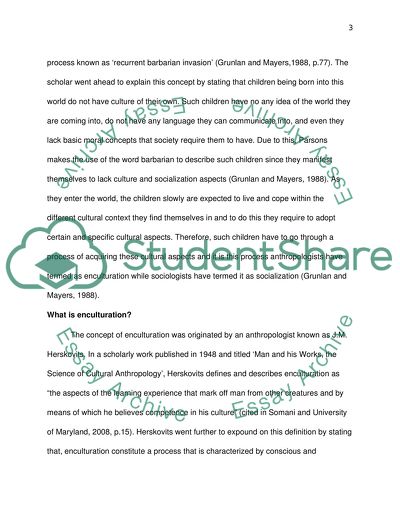Cite this document
(“Eculturation and Cognition of Children Research Paper”, n.d.)
Retrieved from https://studentshare.org/anthropology/1429973-eculturation-and-cognition-of-children
Retrieved from https://studentshare.org/anthropology/1429973-eculturation-and-cognition-of-children
(Eculturation and Cognition of Children Research Paper)
https://studentshare.org/anthropology/1429973-eculturation-and-cognition-of-children.
https://studentshare.org/anthropology/1429973-eculturation-and-cognition-of-children.
“Eculturation and Cognition of Children Research Paper”, n.d. https://studentshare.org/anthropology/1429973-eculturation-and-cognition-of-children.


